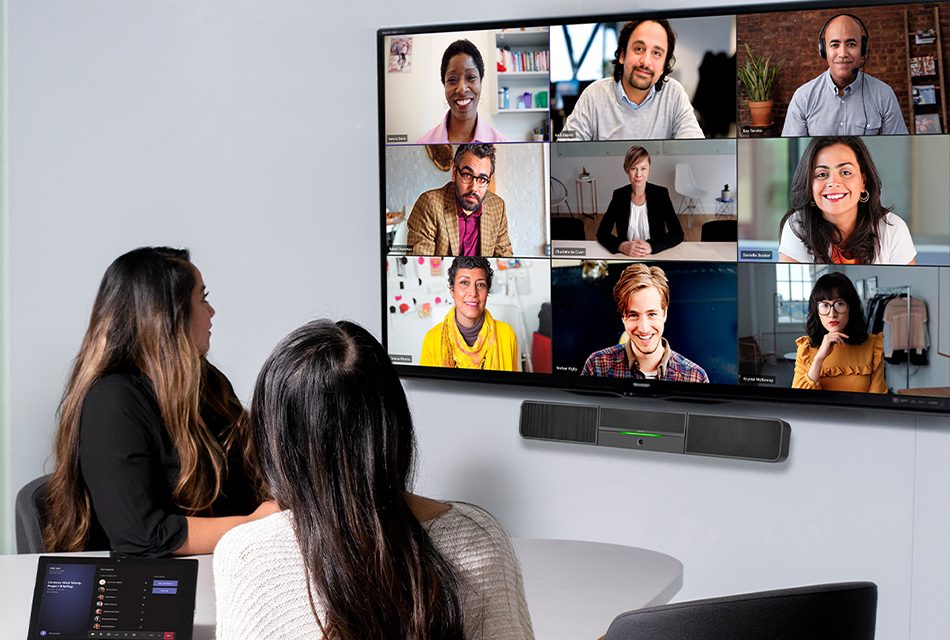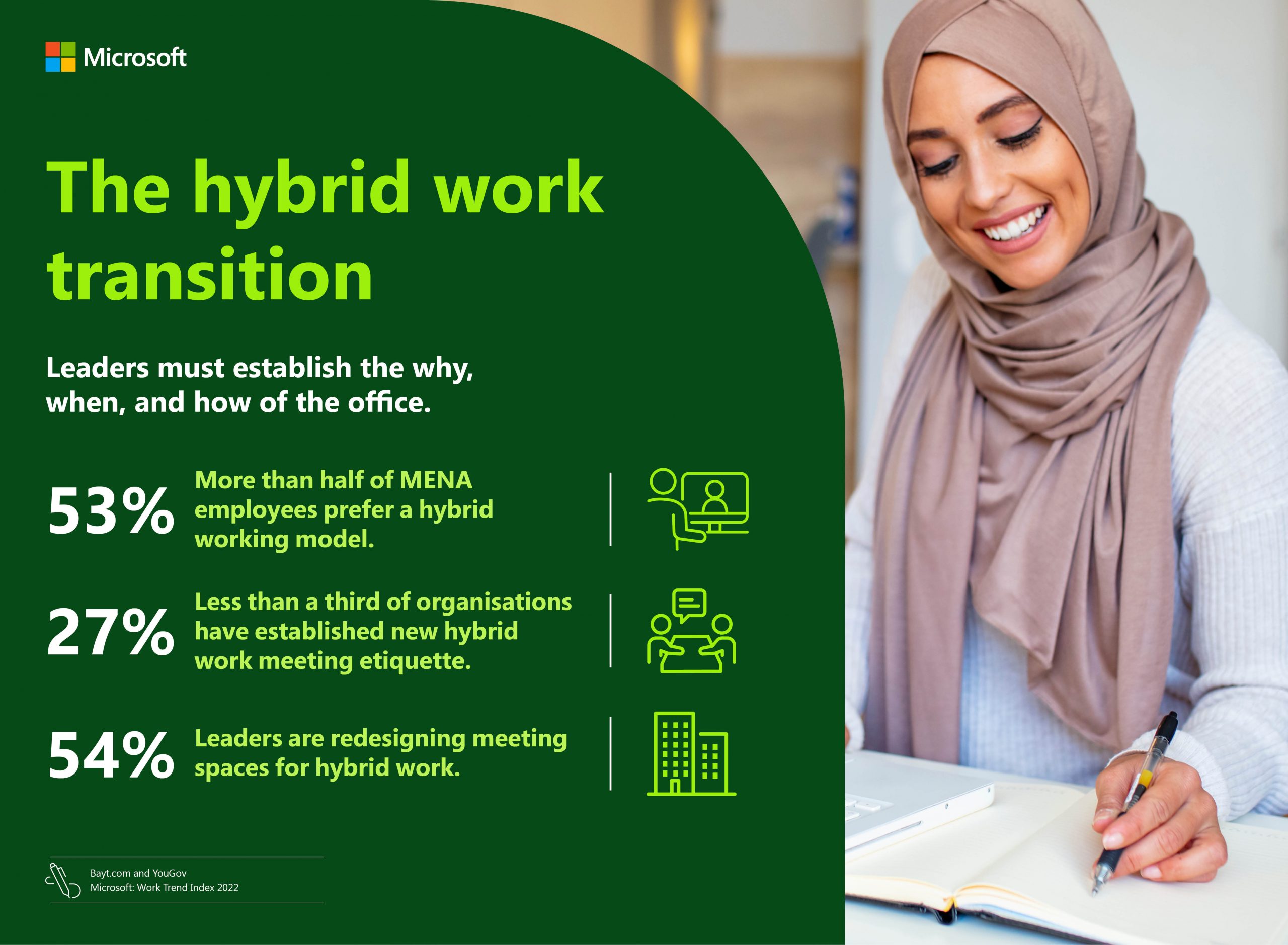Before March 2020, work was centred around the office space. Very few companies were pioneering flexible work strategies and many of us were accustomed to commuting to the office five days a week. This has, of course, been turned on its head and we are dealing with questions around the purpose of the office in today’s modern workplace.
It’s this need to define purpose and intentionality that is becoming one of the most important challenges organizations need to address in their hybrid work strategies. This can be seen in Microsoft’s recent Work Trend Index study, which surveyed 31,000 people around the world and analyzed trillions of productivity signals in Microsoft 365. The index found that 38 percent of hybrid employees are still unsure about why and when they need to come into the office.
This confusion becomes more apparent when less than a third (28 percent) of respondents say their leaders have a clearly defined team agreement for in-person office visits. With the majority of employees in the Middle East and Africa embracing hybrid work, business leaders need to make the office worth the commute. To do this, organizations need to take a considered approach that prioritizes culture.
Data suggests companies are making progress on investments in space and technology, but there’s more work to do on culture. According to the Work Trend Index, more than half (54 percent) of leaders are redesigning meeting spaces for hybrid work, or plan to in the year ahead, but 43 percent of remote employees and 44 percent of hybrid employees say they do not feel included in meetings.
The right cultural norms in an organization will help to create an engaged and connected workforce. This, however, is not a one-size-fits-all type of solution. Organizations and their teams will need to experiment with what works for them and formulate their new norms and team agreements. A good place to start is by determining the purpose of the in-person meet. Is it for a formal meeting? Brainstorm? Collaboration? With this clear purpose in mind, teams can determine how often and when they need to meet in-person.
This intentionality also extends to hybrid meetings. According to the Work Trend Index, only 27 percent of companies have created new hybrid meeting etiquette to ensure all feel included and engaged. Making hybrid meetings a great experience for everyone requires investing in three things: hardware, software and culture. Start by using existing hardware and augment it with AI-powered cameras designed for the people not in the room. Adding larger screens to the room can give everyone a seat at the table and create a canvas for collaboration. Using Microsoft Teams, have everyone join the virtual meeting – even those in the room – to create a shared experience. Finally, establishing a set of new meeting culture norms will help everyone feel included and able to contribute.
Adopting a hybrid work strategy requires business leaders to reimagine the role of the office and create clarity around why, when, and how often teams should gather in person. These new cultural norms will ensure the office is additive to the employee experience – helping all employees feel connected, engaged and able to innovate and do their best work.





